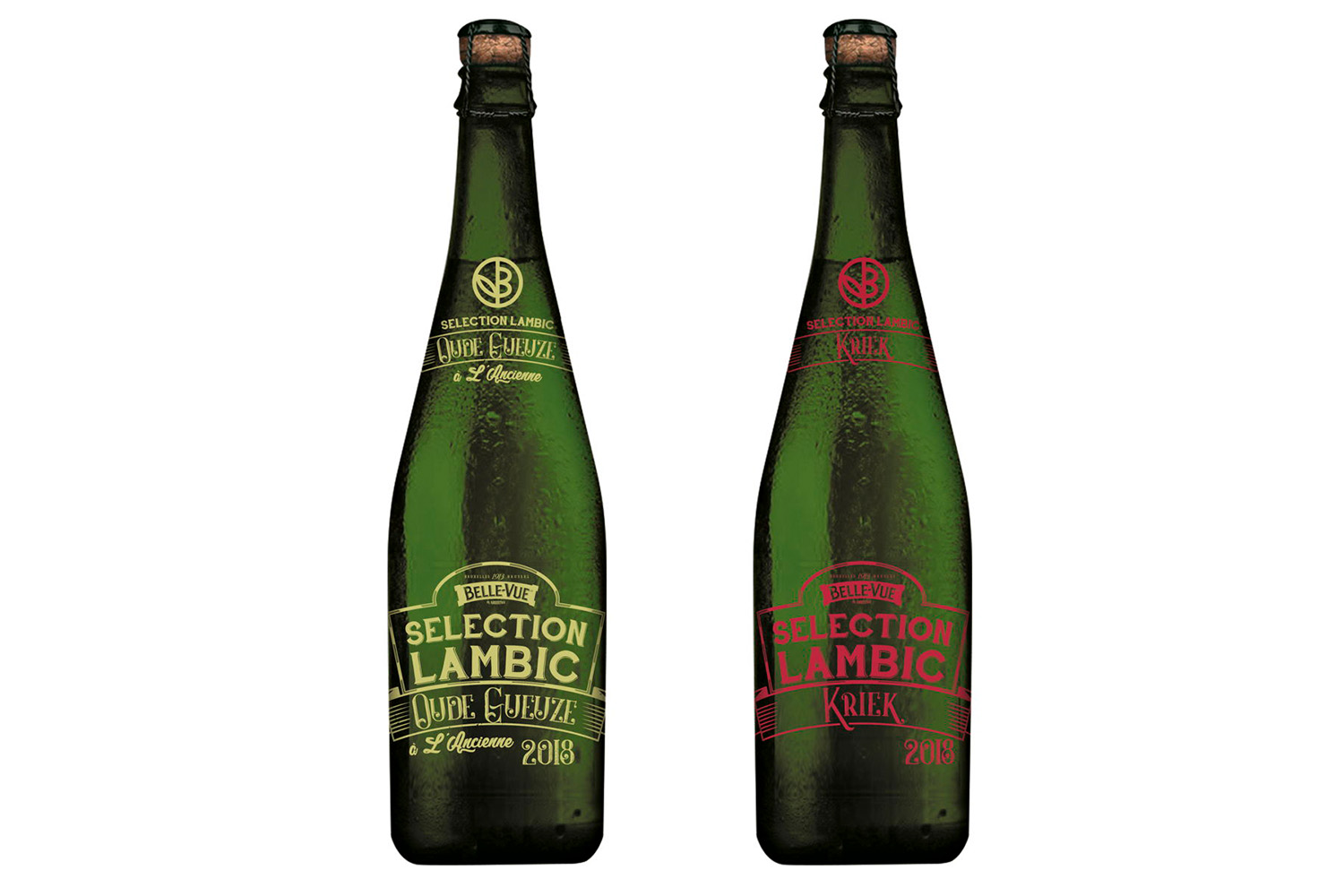THE GIST
The world’s largest brewing company, Anheuser-Busch InBev, is set to revive Belle Vue-branded Selection Lambic after an almost 20-year absence. The two re-released beers announced this June—an Oude Gueuze and a Kriek—are expected to debut in October 2018, following their discontinuation in 1999.
With a history dating back as far as 1913, with the Belle Vue brand officially coming into being in 1927, it became one of the most successful Lambic brands in Belgium between the 1950s and ‘70s. It acquired numerous Lambic breweries during this period, and at one time was thought to control around 75% of the style’s market. During this period, it divested a 43% minority stake in the business to Leuven’s Artois brewery, eventually leading towards its absorption when Interbrew (now AB InBev) was formed in 1988.
WHY IT MATTERS
It’s funny to think about the fact that, only a decade ago, the dwindling popularity of Lambic and Gueuze saw bottles of now highly sought after beers from the likes of Cantillon and 3 Fonteinen gathering dust atop shelves. But the style’s seen quite the revival, with rare bottles now being hoarded or traded for large sums of money, while an entirely new wave of sour beer producers draw inspiration from their legacy.
The increasing popularity of Lambic and Gueuze has no doubt inspired Anheuser-Busch InBev to revive this high-end product. However, since Belle Vue Selection Lambic was discontinued 20 years ago, the brand has developed a reputation for creating highly sweetened, mass-produced beers in its stead—beers that are a world apart from the ones that have fostered the category’s revival. And that’s a factor that could perhaps dent its chances of success within the highly discerning Lambic marketplace.
“The revival of Lambic Selection is perfectly in line with the interest of parent company AB InBev,” The multinational brewing conglomerate said in a statement on its website. “The beers are only brewed in the Senne valley and in the Pajottenland. This place is crucial for good fermentation and flavour development.”
The statement from ABI also reveals that its Lambic is compliant to both the EU Traditional Speciality Guaranteed (TSG) and Protected Destination of Origin (PDO) labels the style’s been granted within the EU. However, according to website Lambic.info, Belle Vue does not follow the traditional process—as laid out in its TSG—of inoculating its wort naturally using a coolship. Instead, inoculation is reportedly achieved by pushing non-sterile compressed air into filled tanks, which are then blended with old Lambic to ensure successful fermentation.
The enforcement of the TSG falls on the shoulders of the High Council for Traditional Lambic Beers (HORAL), which successfully campaigned for the designation’s creation in 1997. A great deal of the modern success of Lambic and Gueuze can be attributed to the organization, which was founded in 1997 by 11 brewers and blenders, including Frank Boon of Brouwerij Boon, who has served as chair since 2015. When asked for the organization's stance on the Belle Vue announcement, Boon declined comment, citing that he is yet to experience how the new beer tastes.
Boon did allude toward a fear that Selection Lambic could be imposed on beer lists in tied ABI houses within Belgium itself, potentially forcing independent Lambic producers out in the process. It’s unknown if HORAL will enforce the TSG guidelines on the Belle Vue product, especially considering it has allowed ABI to label its existing, non-traditional product as Lambic since the designation was introduced in 1997.
Boon was coy when asked if Belle Vue would be allowed to join HORAL should it turns out it is, indeed, producing spontaneously fermented beer as indicated by the TSG.
“There has not been a demand from them [to join HORAL] yet, so the problem does not exist today,” Boon tells GBH. “The ‘AL’ in HORAL means ‘Artisanale Lambiek Bieren,’ so I think the size of the business will be a subject of discussion in case of a demand.”
—Matthew Curtis

